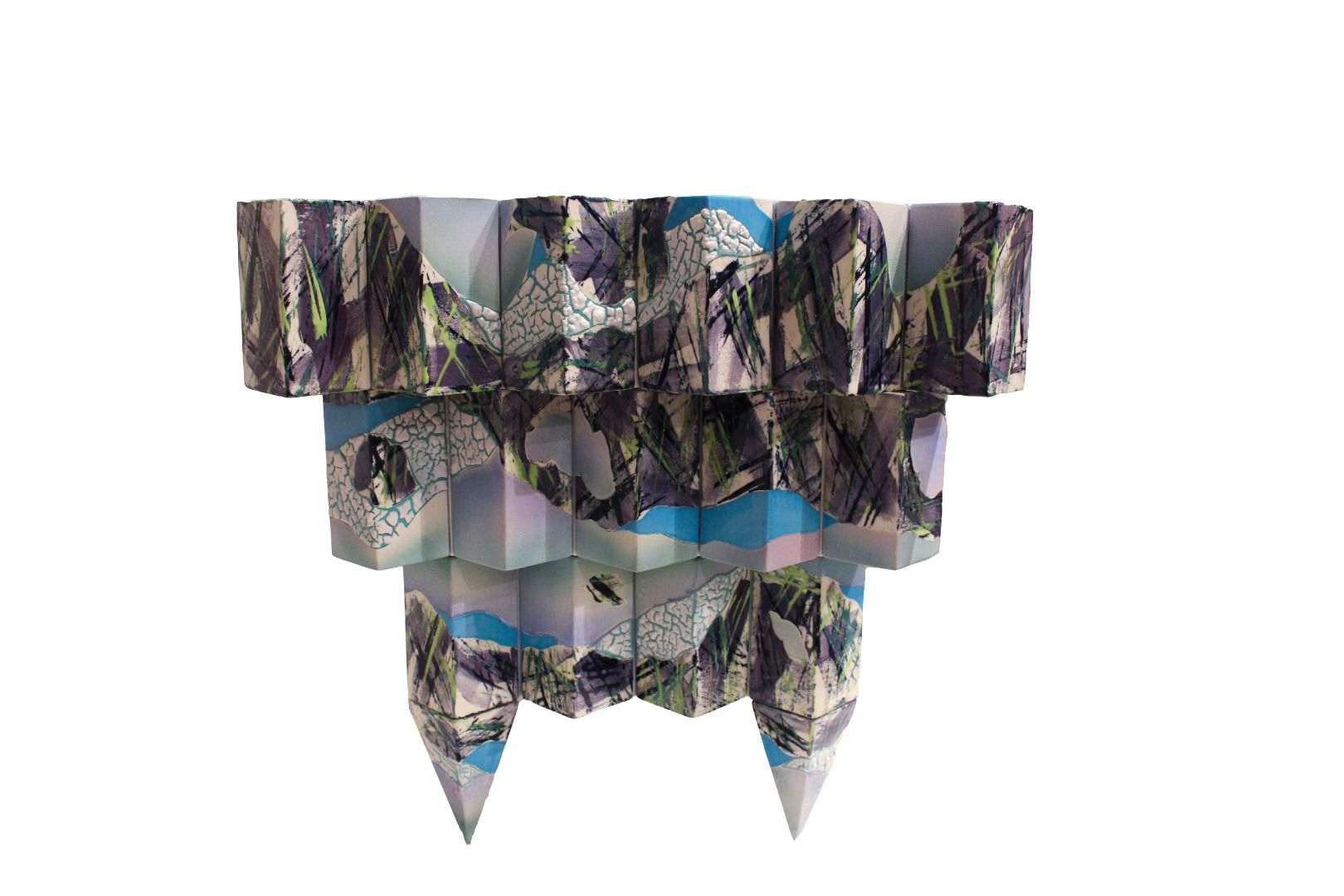The Everson began collecting contemporary Japanese ceramics in earnest in the mid 1970s, an experimental period when artists were applying geometric forms and conceptual strategies to traditional materials and forms. The exhibition highlights this under-recognized generation of artists who are now credited with laying the groundwork for today’s contemporary ceramic movement in Japan.
Press Release
The Everson Showcases Its Unique Collection Of Japanese Ceramics In The Floating Bridge
As the field of Japanese ceramics continues to garner attention, the broad range of work showcased in The Floating Bridge presents a pivotal era.
Posted on: 2020-11-16 09:29:22
SYRACUSE, NY (November 11, 2020):
The Everson Museum of Art announces the opening of a new exhibition in its Paul Phillips and Sharon Sullivan Ceramics Center. The Floating Bridge: Postmodern and Contemporary Japanese Ceramic features more than forty Japanese works from the Everson’s permanent collection, many of which have not been on public view in decades, from now through May 9, 2021. The exhibition is rounded out with sixteen works by Japanese master potters that have been loaned by the Syracuse University Art Museum.
Highlighting an under-recognized generation of artists who are credited with laying the groundwork for today’s contemporary ceramic movement in Japan, The Floating Bridge features pieces from an experimental period that the Everson began collecting in earnest during the mid 1970’s. Influenced by international developments in the art world, this period of experimentation in Japan was characterized by a co-mingling of geometric forms and conceptual strategies with traditional materials and forms.
In recent years, Japanese ceramic sculpture has finally begun to receive its due credit. Major museums across the United States, including the MFA Boston, the New Orleans Museum of Art, and San Francisco’s Asian Art Museum, have all mounted major exhibitions and provided new scholarship on the subject. The Everson’s collection of Japanese ceramic sculpture is one of the nation’s most distinctive and spans the past five decades.
The Everson’s Paul Phillips and Sharon Sullivan Curator of Ceramics, Garth Johnson, praised the collection, saying, “The Everson was fortunate–and forward thinking–to amass a unique collection of objects during such a highly energetic and volatile time for Japan. This collection spans the economic and cultural boom of the 1980s, but also the “lost decade” of the 1990s following the market crash. The Everson’s collection serves as an important ‘bridge’ between traditional ceramic art and the widely-collected work of the present.”
The Floating Bridge includes works by both internationally-acclaimed and lesser-known artists, providing opportunities for discovery and reassessment. Among those featured are Mishima Kimyo who is known for highly detailed ceramic renderings of everyday objects, as well as Morino Hiraoki Taimei and Yanigahara Mutsuo who express themselves through brightly-colored glazes and patterns. A new generation of ceramic artists is represented by Katsuyo Aoki and Takurō Kuwata, both of whom produce works that combine the bombast of postmodernism with stunning technical experimentation.

Itsue Ito. Shu to, 1986. Earthenware, 15 x 18 x 19 inches. Purchase Prize given by the Hancock Foundation, 27th Ceramic National, 1987


 ►
Explore 3D Space
►
Explore 3D Space
